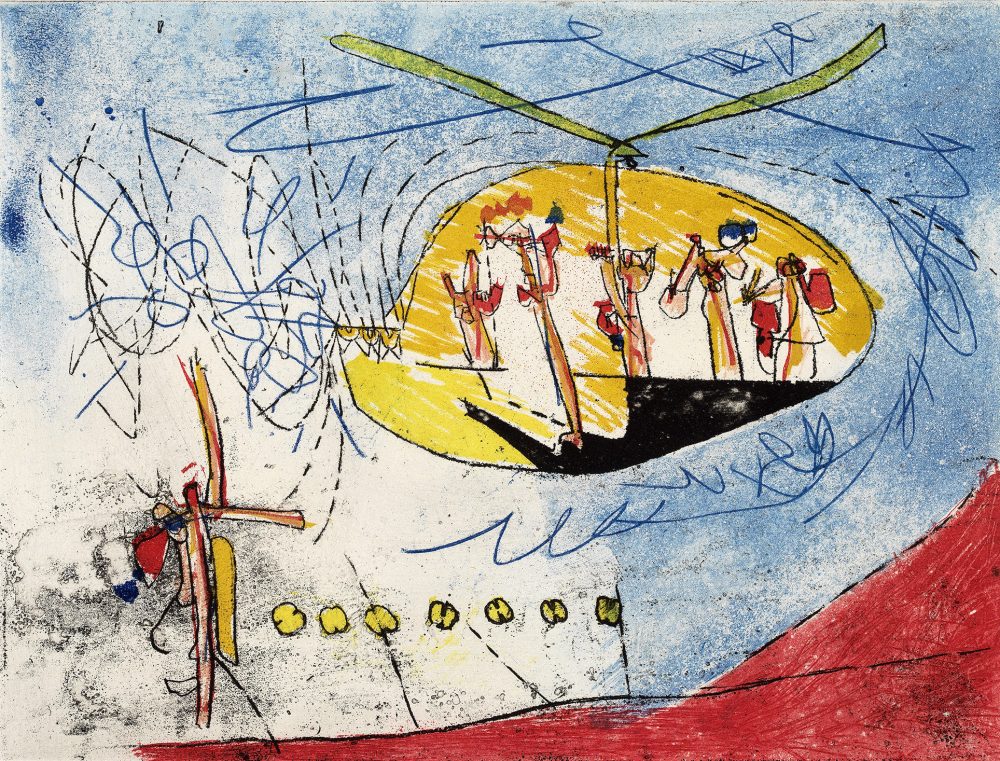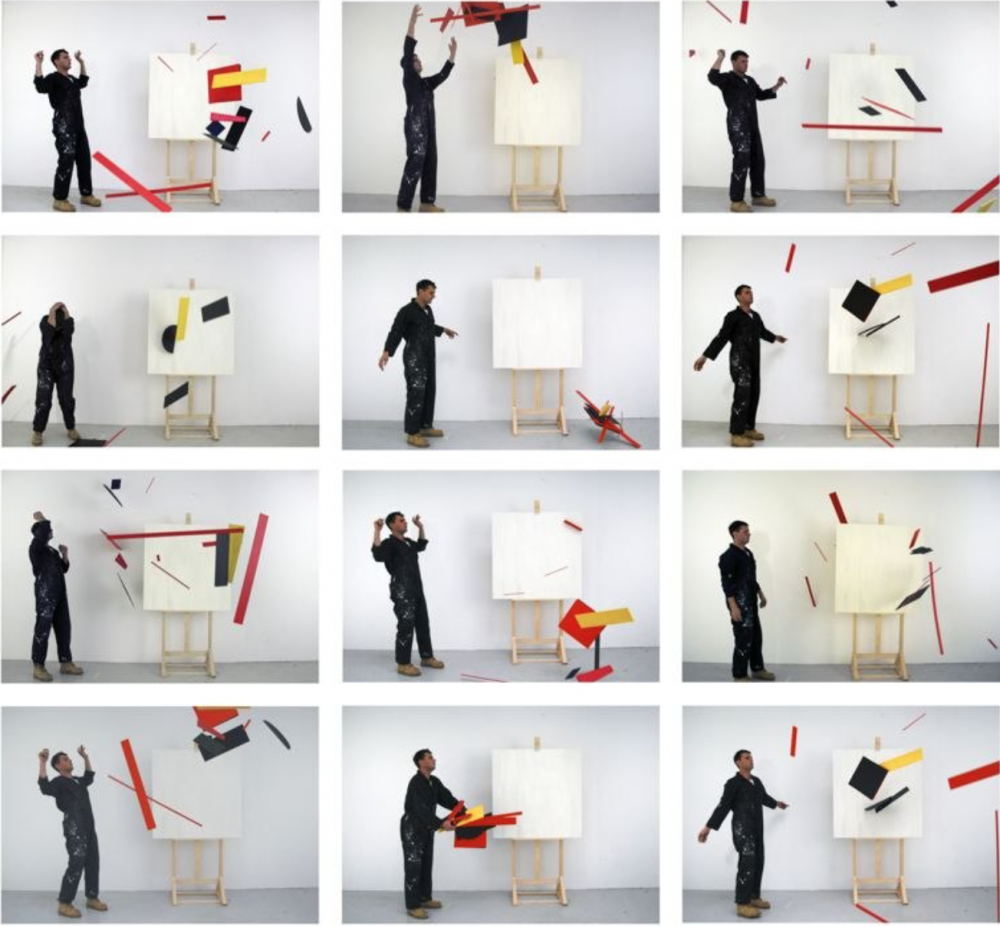Declan Jenkins
Cinema of lava, cinema of mercury
Please provide us with a few details to progress to the viewing room
Thank you for your enquiry
We will be in touch shortly.
Declan Jenkins
Cinema of lava, cinema of mercury
12th November - 13th December 2020
Online Exhibition with Highlights at the Gallery
This year has seen much upheaval both politically and environmentally. At the time of writing, Europe creeps towards renewed lockdown and the terms of UK’s departure from the European Union are still foggy. In this time of increasing uncertainty and volatility and in the shadowy world of lockdown, artists have retreated deep into their imaginations. This can be a powerful place to visit in these strange times.
Declan Jenkins has been one such artist, who has been escaping into his imagination and making works from his home studio. The space for reflection and meditation afforded by lockdown has encouraged Declan to rework existing themes and motifs. His new body of works on paper use the medium of watercolour with India ink to explore reimaginings and remixes of past drawings and woodcuts. Images become intertextual symbols, with a conscious idea of motifs as being iterable, recyclable, plastic and protoplasmic. The works are embedded in the artist’s personal symbolic universe, in which forms constantly come into being, mutate and are transformed. In Cinema of lava, cinema of mercury – which alludes to a perfomative poem by the artist from 2015 – we celebrate the mind as play and ideas materialising into images.
The works are introduced by Declan himself, giving us an insight into the artist’s mind.
“Rex-o-Rec takes up my ‘Doglan’ motif. Doglan is a sort of personal totem or spirit animal, perhaps even an alter ego. Rex-o-Rec posits the idea of the self as a machine that records and plays itself, the bodily organs transmogrified into equipment. It touches on the Copenhagen Interpretation of quantum physics that posits that the reality we perceive is produced by the instruments we use to measure it. The bones might represent objects of desire and Doglan (as Rex or ‘King’) as the desiring subject.”
While watercolour and ink was previously used as a material for sketches and as a starting point for imagery, under the artist’s adaptation to working within his home, they have become works in their own right – cared and attended to, resolved and rigorous. The works occupy a liminal space between the graphic and the painterly but use an economy of means from the necessity of having to work within a home studio. Less deterministic and more playful and improvisational, the watercolours are a faster way of making work compared with printmaking. Declan explores the inherent fluidity of the material as a medium which can offer unpredictable results. The watercolours are less glyphic than the prints; more pictorial with a more developed ‘ground’. Through these new constraints, Declan finds ways to replicate the texture of the woodblock and tarriness of printing ink, re-interpreting the watercolour as ‘ground’ and the ink as overlaying ‘drawing’. Declan’s studies in archeology play a part in the way he views woodcuts as being excavations through which the image is revealed; a site of physical action, pitting the will against the world that resists. In contrast, the more delicate watercolours have a playful quality as opposed to the starkness of his prints. While his woodcuts had a performative element to them – tying them to the physical object of the woodblock – his works on paper have evolved to become more self-contained. The result are rarified, jewel-like renditions of the direct and raw imagery present in the woodcuts.”

“Supercharger is a re-imagining of my Thomas More inspired print Beauty Strength and Agility from 2016 (see second image). This watercolour is very linear with a serpentine continuous line delineating the image. It speaks of the activation of the libido; the raw energy of the body. Perhaps there is danger as well as stimulation, I was searching for a graphical illustration of a certain electricity. Following on from the electricity metaphor, the image has a circuit-like quality with shapes arranged in a poetically diagrammatic way.”
Declan performing his piece Presentness is Grease (2012), which touches on themes of theatricality, contingency and the element of chance; ideas also found in his woodcuts and watercolours.
“The Pilot refers to a thought experiment where the size of the real and imagined selves are compared, the imagined self being smaller as generated within the physical confines of the ‘real head’. Is the imagined self piloting the physical self or vice versa? The chain that holds the outer, physical self tethers it to the concrete world. Here line is used as a thick band, enclosing space like a fortification or membrane, positing the self as a cavity or a temenos (what the ancient Greeks called a ‘sacred space’).”

“This watercolour explores the theme of mechanistic being and time, determined by cycles and wheels. The cross symbol intrudes but it’s an ambiguous cross, it could be magical (symbolising the four directions) or functional (a gear) or refer to the fusion of past and future. Wheelman Redux refers back to a drawing of The Wheelman (see second image), an uncanny entity with a steering wheel for a head and sporting a suit. In this reimagining the lapels have left the suit and are floating around outside the head, in the process of becoming organisms in their own right or pure compositional devices. There is also a mask-like, carnivalesque quality to the form, perhaps even a little Lucha Libre (professional wrestling in Mexico).”
“Transplutonic Beakfreakz presents a family of ‘beak beings’. Here the beak is an esoteric creature embodied in a mystical diagram. They seem to exist in some kind of medium, a purple storm cloud in some kind of visionary sky. They are variegated and variegating. The beak could be related to the Horus-Hawk, the crowned and conquering child or atomised self. Are the beaks on a vision quest or are they the disembodied spirits of contemporary seekers groping through Transplutonic realms?”
“Imaginarium literally reimagines Discomfort Cabinet III (see second image) a sort of prison-cum-piece of furniture cum sensory deprivation chamber. Two figures inhabit the confines of this space with neighbouring symbols. Could the lower body be dreaming of itself, with its double floating up above? They both share snake-like forms in their necks, perhaps these are the rising of Kundalini energy. Concentric circles hum like chakras or nerve centres or waves of sensation. On another note, this watercolour plays with depth, the cabinet flipping between a two and three-dimensional form, and in this sense the two figures could be gods of the threshold.”
Themes of Declan’s previous show at Sims Reed Gallery in 2017, I Sing of Armoires, closely relate to these new works on paper, where the artist explored ideas of containment and confinement, with figures trapped in furniture like objects. These ornate mini prisons might be a metaphor for how people are physically confined by culture but could equally speak of the very real claustrophobia of lifts, micro apartments and crowded airplanes.
These themes seem even more relevant in today’s world and have been reinterpreted by Declan during lockdown in these beautiful works on paper.
“Cabinetto follows on from the Discomfort Cabinet series. An eye motif emerges out of a horn or spiral. Here the form unfolds as an event, the eye evolving out of a cosmic whorl. It is animated by rhythmic and archaic pattern. Perhaps it alludes to our increasingly visual or ‘retinal’ experience of the fractally complex contemporary world as a free-floating eye-body.”
“This watercolour is more free-flowing than the preceding work, with the paint and ink being applied wet on wet and is more spontaneous in terms of colour and form. The image is of a flag or banner, perhaps Charles Baudelaire’s flag of anguish, or an allusion to the current zeitgeist of partisanship, polarisation and protest. The head is a classic liar, which could allude to the lie of art that tells the truth, a trickster or shamanic flag of a liminal nation or anti-identity. Here the contents of the image were allowed to evolve with less of a pre-planned design and the symbols are emergent and ambiguous.”
“Like Pinocchio’s Surrender, this piece is more fluid in execution and subject matter, the snake is a river of pattern, colour and affect. Could it be a magical current? Or merely life’s crooked corridor? Bright filigree or mesh-like patterns give this watercolour a shining jewel-like aspect. The snake is tenuous in its ‘snakiness’ and seems to be flip-flopping into jazzy abstraction where lines are taken for a fractal walkabout and colour vibrates to the tune of heightened emotional states.”
Declan recites his poem Cinema of lava, cinema of mercury, written in 2015.
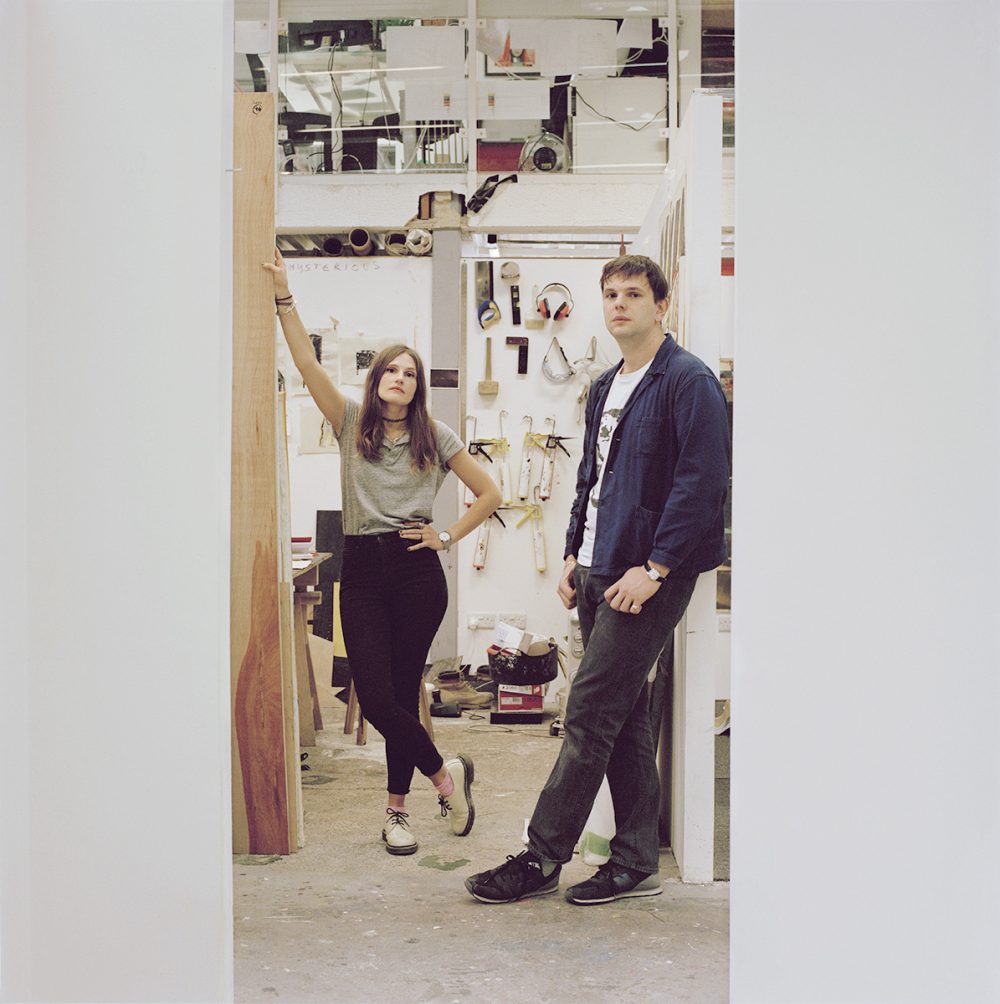
What Declan is reading…
Robert Anton Wilson, Cosmic Trigger I (1977)
Peter Black & Magne Bruteig, Edvard Munch Prints (2009)
Browning Robert, Selected Poems (2004)
William Burroughs, Naked Lunch (1959)
Marc Chagall, My Life (1923)
Ignatius Donnelly, Atlantis: The Antediluvian World (1882)
Fyodor Dostoevsky, The Double (1846)
Seva Frangos, Timothy Cook, Dancing with the Moon (2015)
Kenneth Grant, The Magical Revival (1972)
Herodotus, The Histories (5th century BC)
Annegret Hoberg, Alfred Kubin: Drawings, 1897-1909 (2008)
Lewis Hyde, Trickster Makes This World (1998)
Henrik Ibsen, Peer Gynt (1876)
Alejandro Jodorowsky, The Spiritual Journey of Alejandro Jodorowsky (2008)
Alfred Kubin, The Other Side (1908)
David Lewis-Williams, The Mind in the Cave (2002)
Frans Masereel, A Passionate Journey (1919)
Terrence Mckenna, Food of the Gods (1992)
Shiko Munakata, Japanese Master of the Modern Print (2002)
Joan Miró, I Work Like a Gardener (2017)
Diana Pasulka, American Cosmic: UFOs, Religion, Technology (2019)
About the artist:
Declan Jenkins (b. 1984, Isle of Wight) graduated from the Royal Academy Schools, London, in 2015. Prior studies include Classical Archaeology and Ancient History at New College, Oxford University and a BA in Sculpture at Wimbledon College of Art. Declan produces woodcut prints and performative poems borrowing aspects from ritual, tribal art, concrete poetry and expressionism. The artist’s body is at the centre of this vital, direct imagery that marries personal vulnerability with a certain awkwardness.
Declan’s work has been exhibited at The Summer Exhibition, Royal Academy of Arts, London (2017, 2020); Generation Y, Platform Foundation, London (2019); 40-40-40, The Soho House Collection, London, 2018; and I Sing of Armoires, Sims Reed Gallery, 2017. His works are included in the Soho House and Clifford Chance collections as well as private international collections.
Available Works
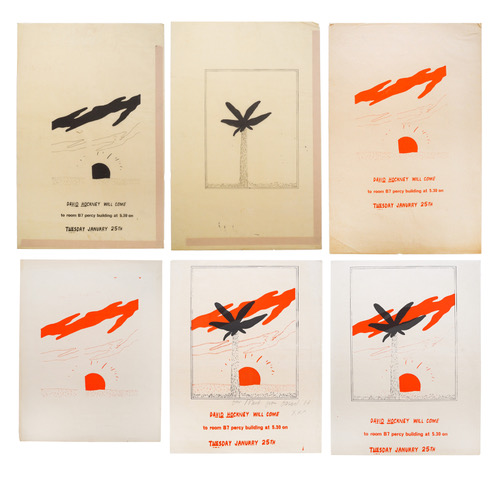
David Hockney
David Hockney Will Come
3rd - 24th October 2023
Online Exhibition
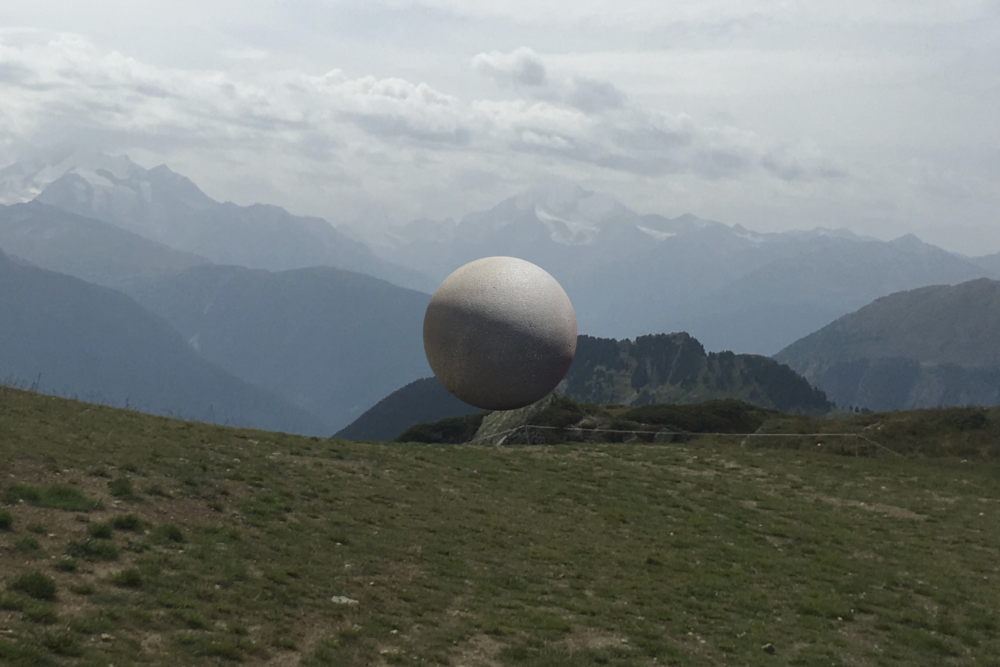
Ana Andreeva
IN CONTEXT
10.07.2023 - 10.08.2023



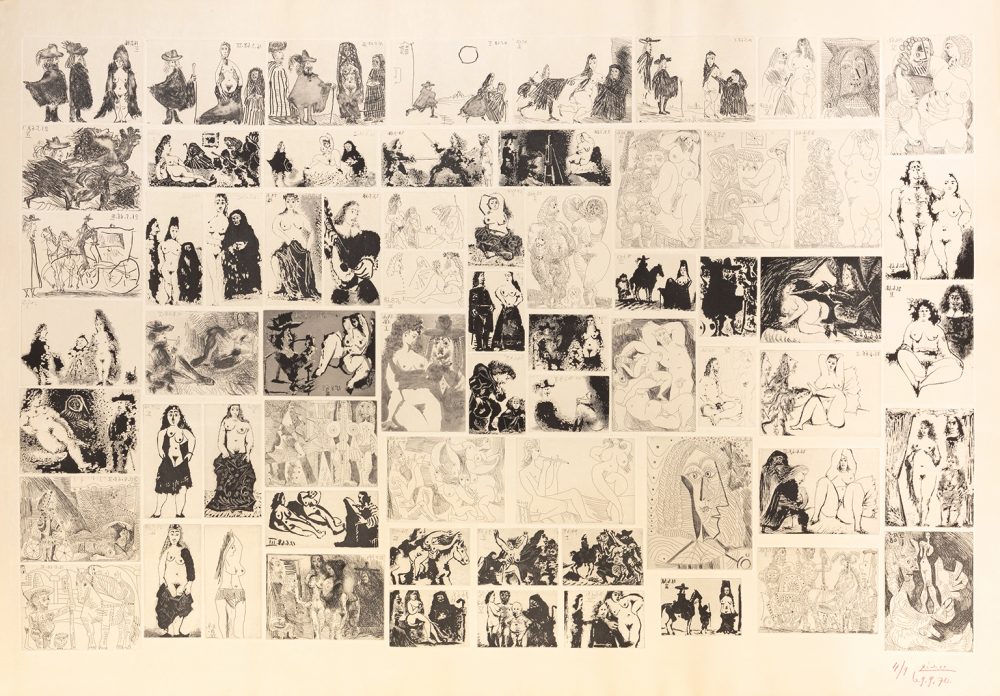
Pablo Picasso
La Célestine
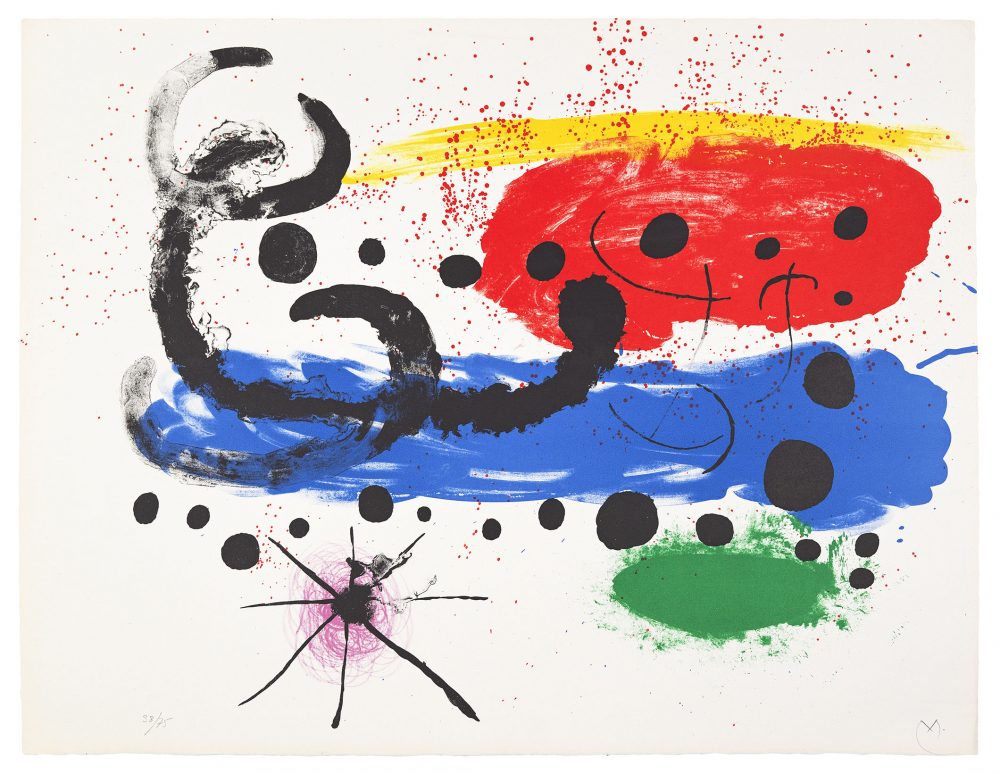
Joan Miró: Works from Album 19
8th March - 5th April 2022

Henry Moore
Sculptural Ideas
3rd February - 3rd March 2022
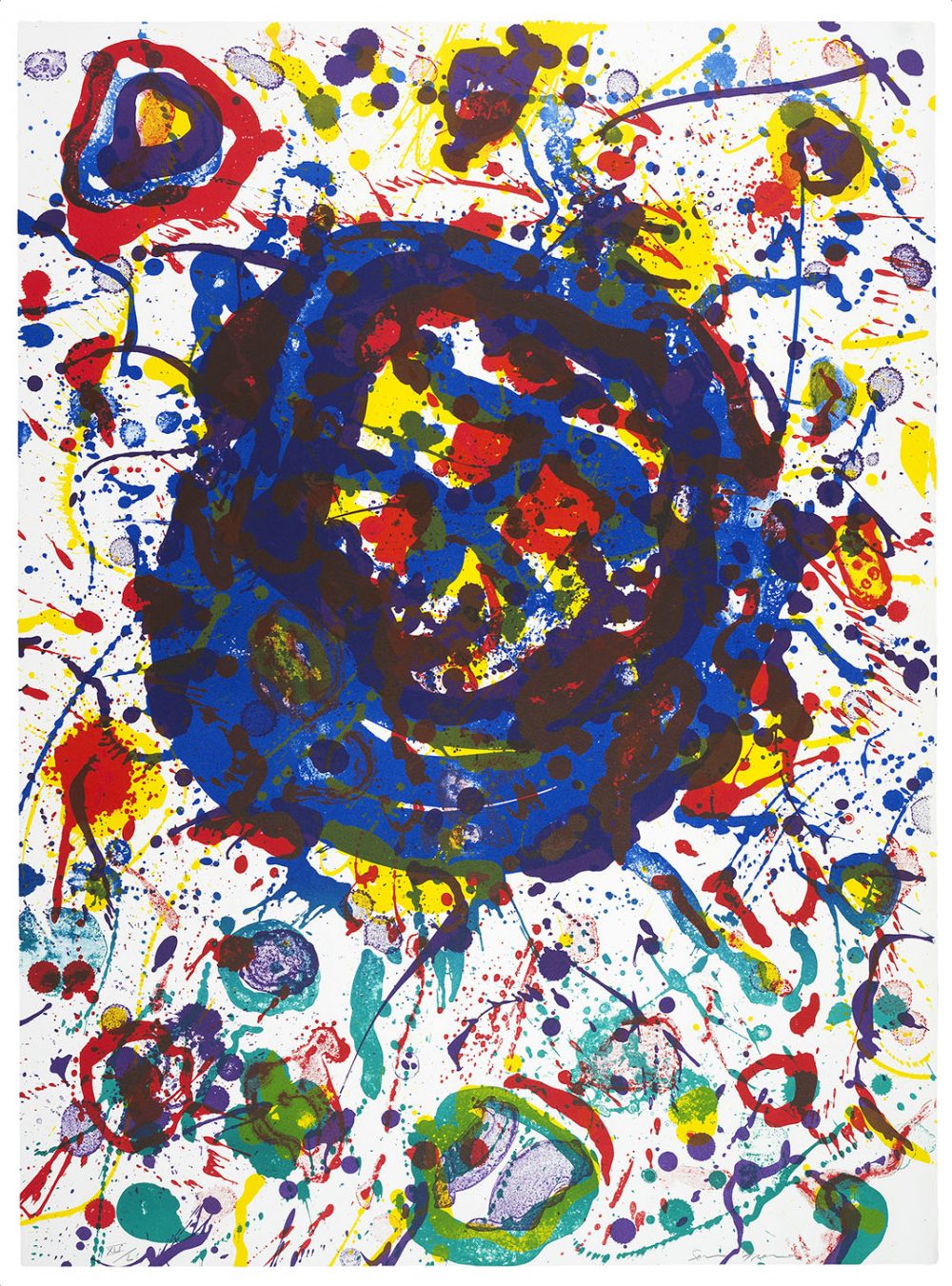
Sam Francis
Poèmes dans le Ciel (Poems in the Sky)
17th January - 21st February 2022
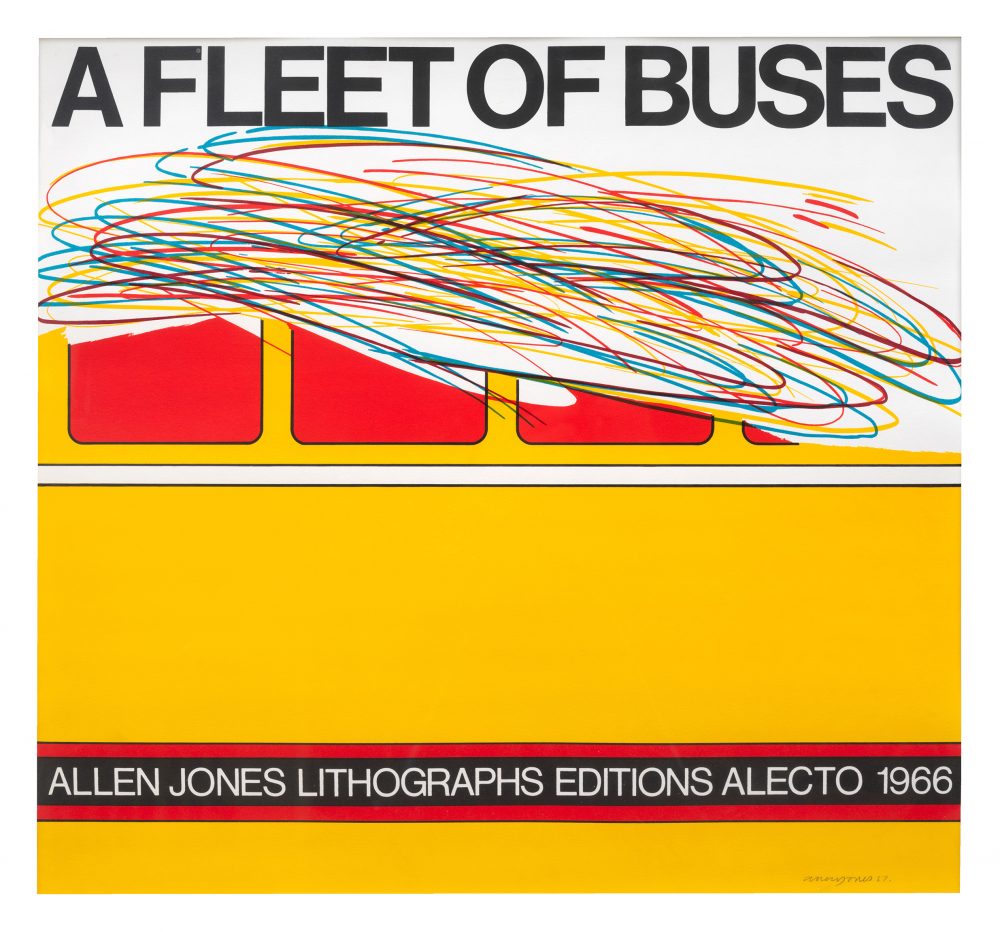
Allen Jones
A Fleet of Buses
1st November - 26th November
Online only
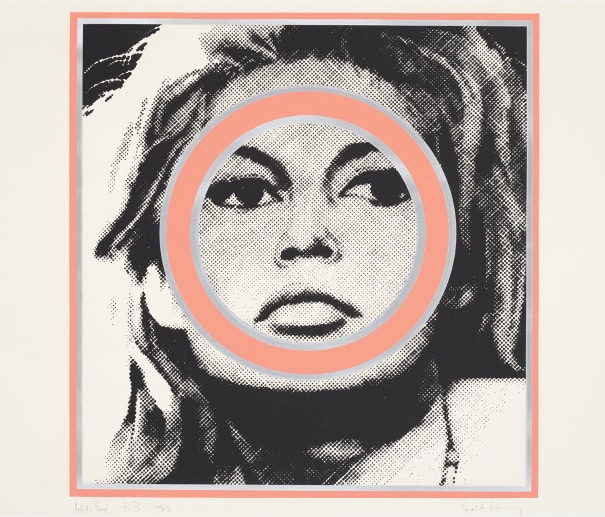
Pop Art in Print
2 - 30th August 2021
Online Exhibition
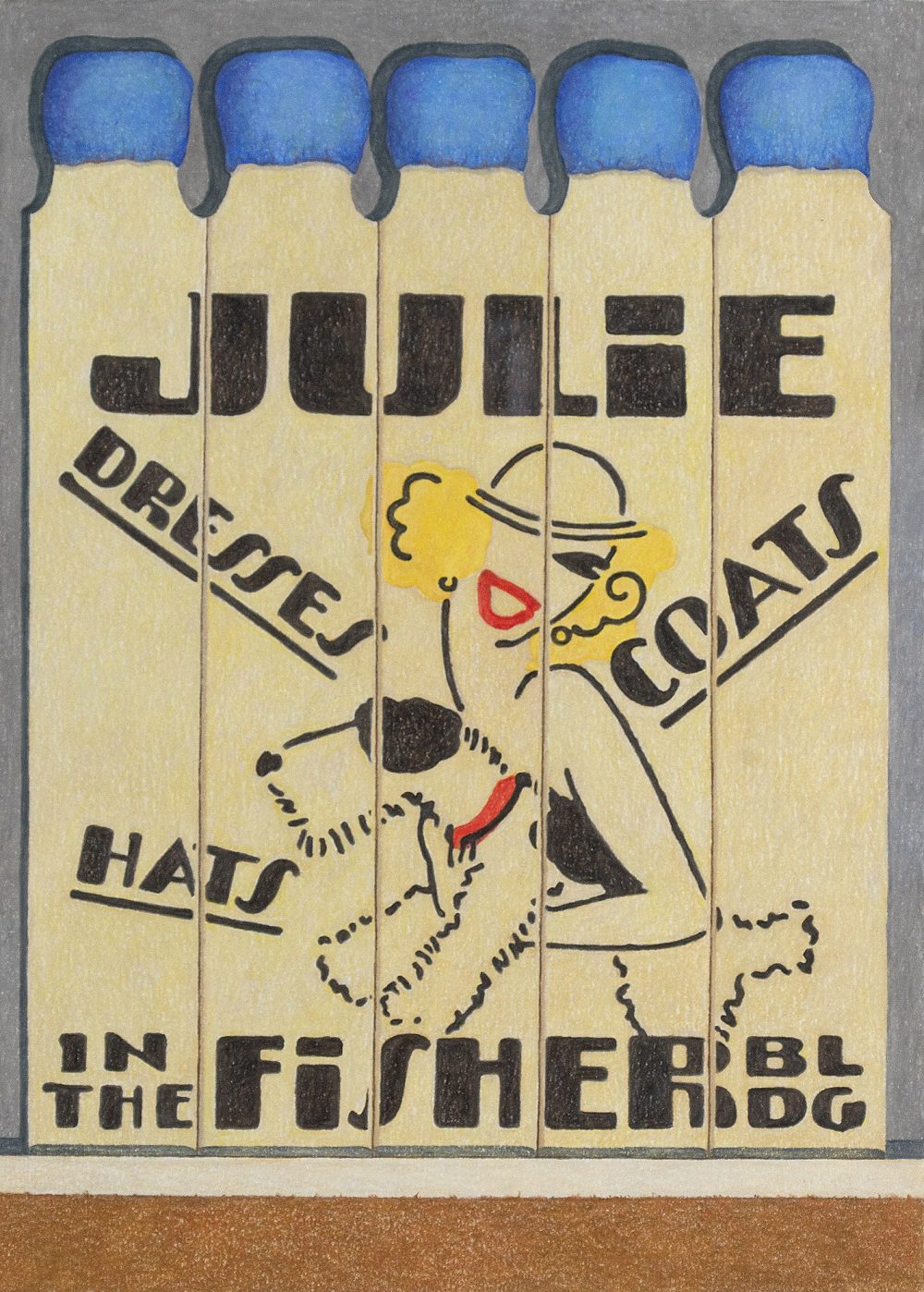
Aaron Kasmin
Always a Show
16th September - 28th October 2021
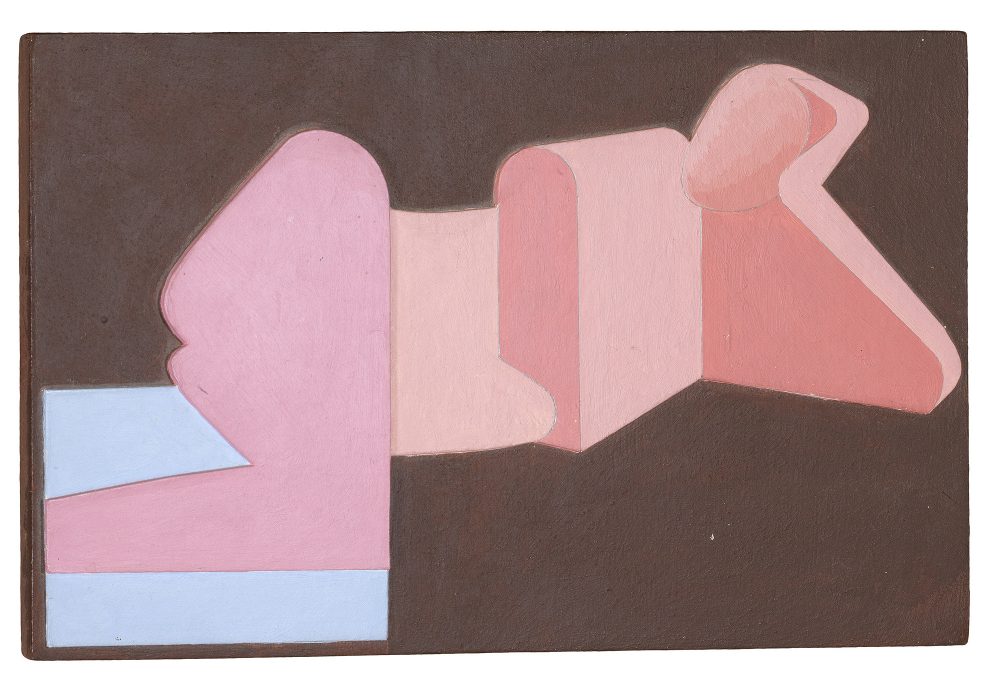
Gerald Laing
Reclining Figure Relief Painting
Viewing Room
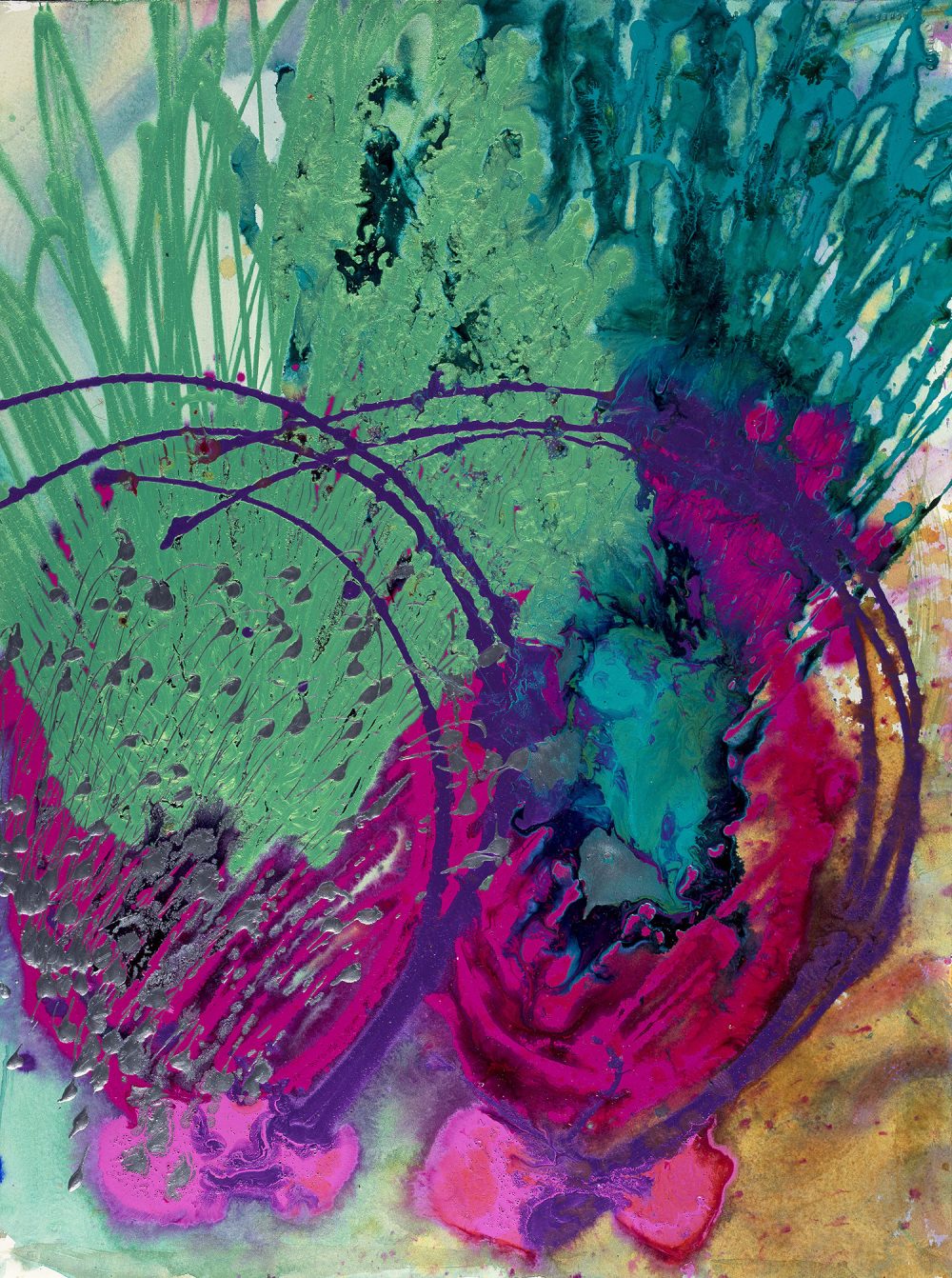
Chihuly
22nd July - 5th September 2021
Online Only
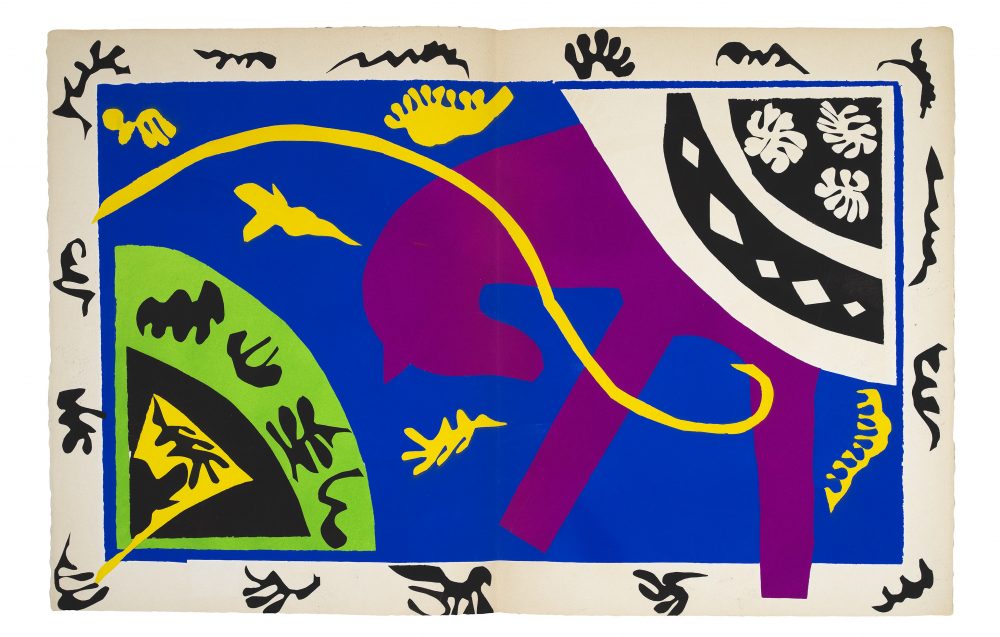
Henri Matisse
Jazz
20th May - 13th June 2021
Online only
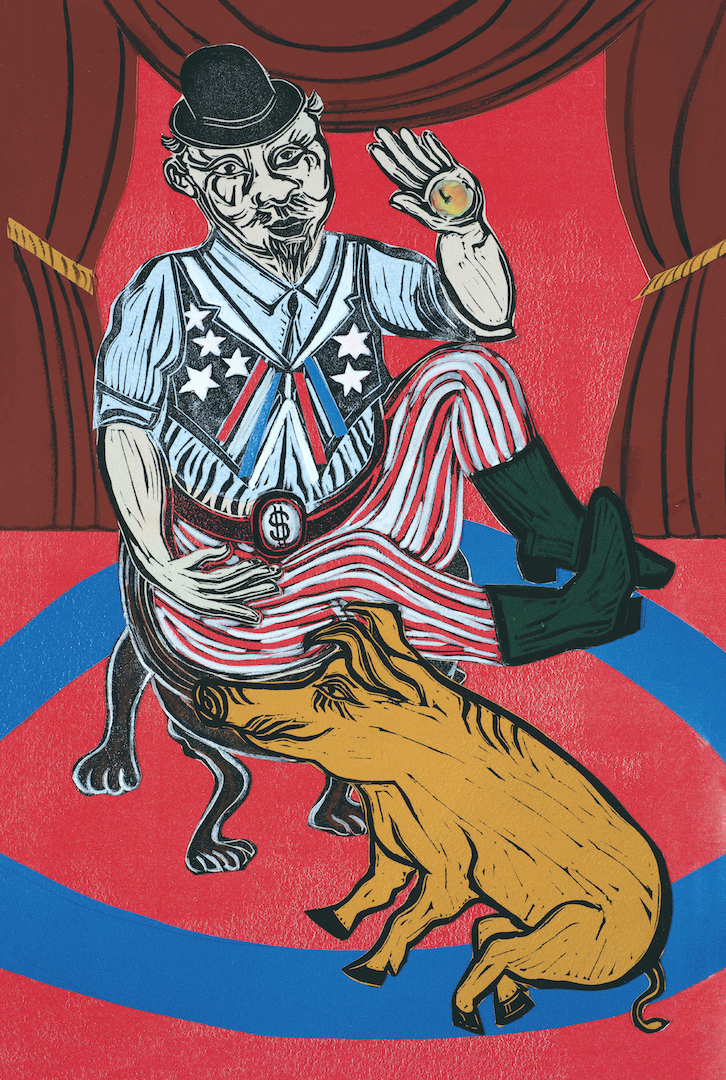
Eileen Cooper
Nights at the Circus
4th March - 14th May 2021
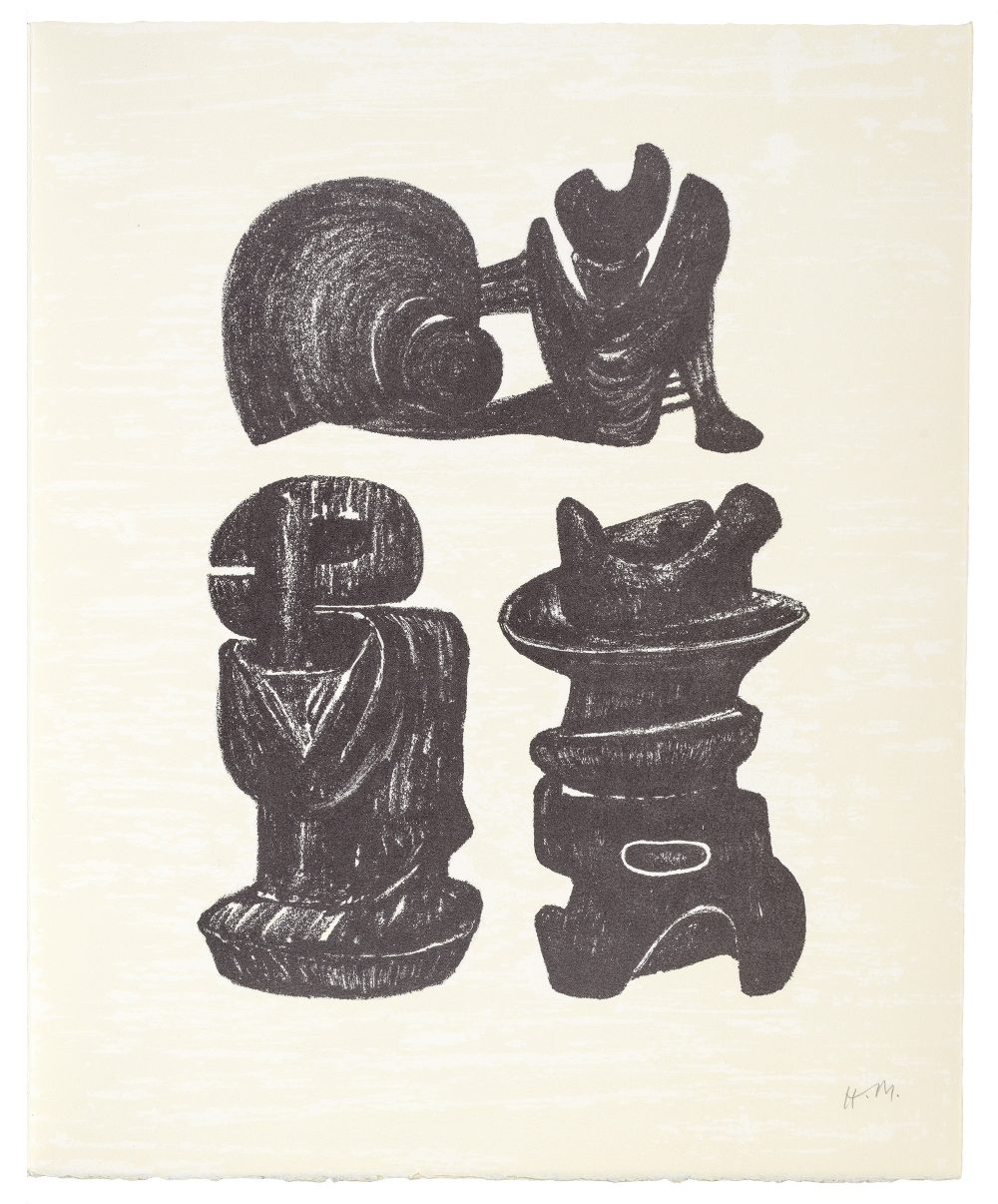
Henry Moore
The Art of Poetry
26th January - 26th February 2021
Online Only

Curated highlights from Emily Tobin
Ring out, wild bells
10th December 2020 - 2nd January 2021
Online only
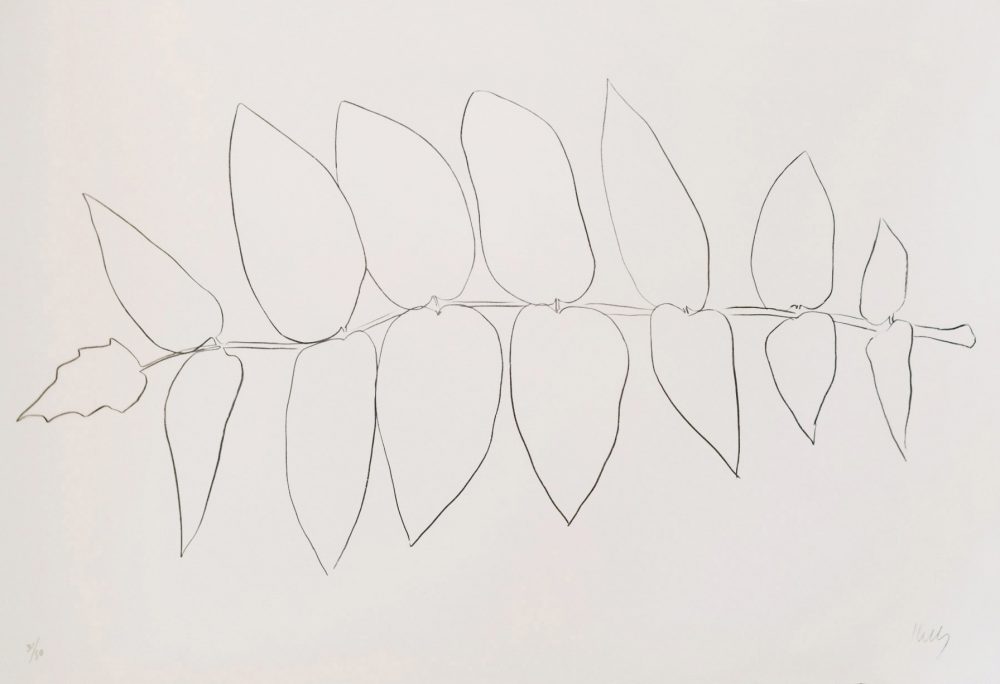
Ellsworth Kelly
Back to Nature
27th November - 20th December 2020
Online Exhibition
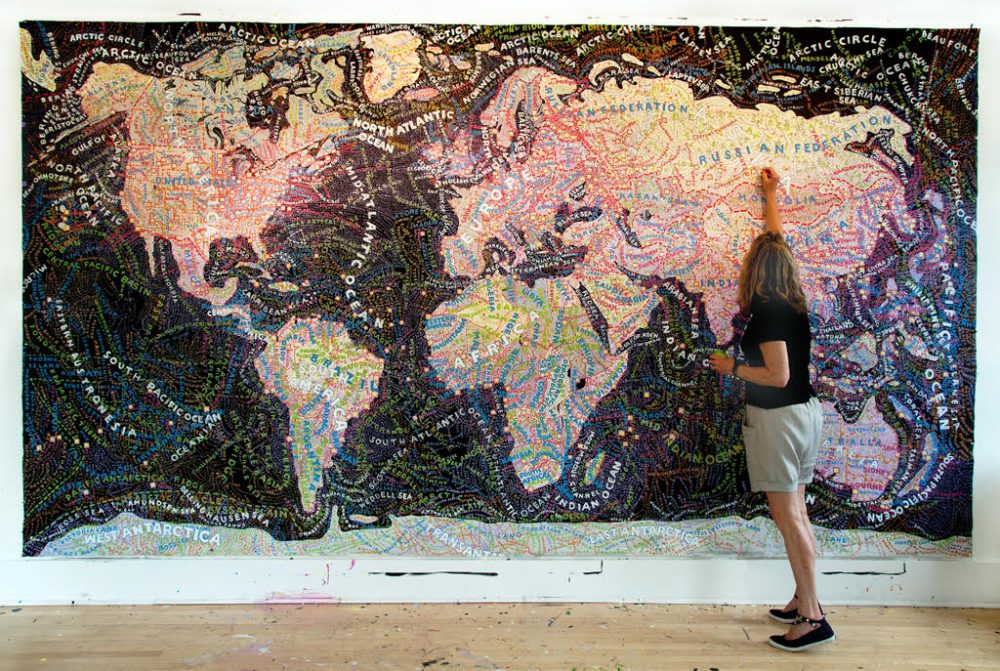
Paula Scher
All Over the Map
9th October - 8th November 2020
Online Exhibition

Howard Hodgkin
Colour Poems
28th August - 30th September 2020
Online only
